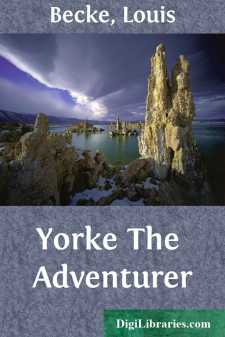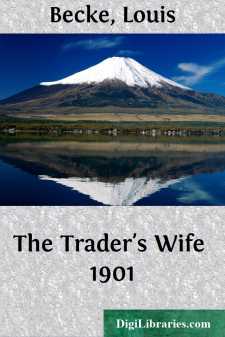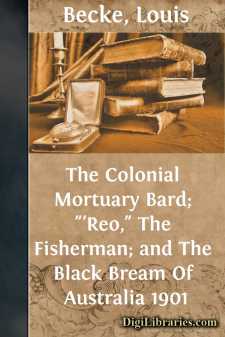Categories
- Antiques & Collectibles 13
- Architecture 36
- Art 48
- Bibles 22
- Biography & Autobiography 813
- Body, Mind & Spirit 142
- Business & Economics 28
- Children's Books 17
- Children's Fiction 14
- Computers 4
- Cooking 94
- Crafts & Hobbies 4
- Drama 346
- Education 46
- Family & Relationships 57
- Fiction 11829
- Games 19
- Gardening 17
- Health & Fitness 34
- History 1377
- House & Home 1
- Humor 147
- Juvenile Fiction 1873
- Juvenile Nonfiction 202
- Language Arts & Disciplines 88
- Law 16
- Literary Collections 686
- Literary Criticism 179
- Mathematics 13
- Medical 41
- Music 40
- Nature 179
- Non-Classifiable 1768
- Performing Arts 7
- Periodicals 1453
- Philosophy 64
- Photography 2
- Poetry 896
- Political Science 203
- Psychology 42
- Reference 154
- Religion 513
- Science 126
- Self-Help 84
- Social Science 81
- Sports & Recreation 34
- Study Aids 3
- Technology & Engineering 59
- Transportation 23
- Travel 463
- True Crime 29
Yorke The Adventurer
by: Louis Becke
Categories:
Description:
Excerpt
Chapter I
In that delightful and exciting book, written by Captain Joshua Slocum, and entitled, "Sailing Alone Round the World," there is a part wherein the adventurous American seaman relates how he protected himself from night attacks by the savages by a simple, but efficient precaution. It was his custom, when he anchored for the night off the snow-clad and inhospitable shores of Tierra del Fuego, to profusely sprinkle his cutter's deck with sharp tacks, and then calmly turn in and sleep the sleep of the just; for even the horny soles of the Fuegian foot is susceptible to the business end of a tack; and, as I read Slocum's story, I smiled, and thought of dear old Yorke and the Francesco.
I first met Yorke early in the "seventies." Our vessel had run in under the lee of the South Cape of New Britain to wood and water, and effect some repairs, for in working northward through the Solomon Group, on a special mission to a certain island off the coast of New Guinea, we had met with heavy weather, and had lost our foretopmast. In those days there was not a single white man living on the whole of the south coast of New Britain, from St. George's Channel on the east, to Dampier's Straits on the west—a stretch of more than three hundred miles, and little was known of the natives beyond the fact of their being treacherous cannibals. In Blanche Bay only, on the northern shore, was there a settlement of a few adventurous English traders—the employees of a rich German company—and these were only acquainted with the natives in their own vicinity. Even the masters of trading vessels avoided the south coast of the great island, not only on account of the dangerous character of its inhabitants, but also because there was not, they thought, anything to tempt them to risk their and their crews' lives—for the shore nearly everywhere presented a line of dense unbroken forest, with but scanty groves of coco-palms at long intervals, and even had there been many such groves, no communication could be had with the people. In the wild days of the "seventies" the practice of cutting up and drying the coconut into what is known as "copra" had scarcely made any headway in those parts of New Britain, New Ireland, and the Solomon and New Hebrides Groups which were visited by trading vessels—the nuts were turned into oil by a crude and wasteful process known as "rotting."
The captain of our little vessel was one of the oldest and most experienced trading skippers in the Western Pacific, grim, resolute, and daring, but yet cautious of his men's lives, if not of his own; so when he decided to anchor under the lee of the South Cape, he chose a part of the coast which seemed to be but scantily inhabited. The dense forest which came down to the water's edge concealed from view any village that might have been near us; but the presence of smoke arising from various spots denoted that there were some natives living in the vicinity, though we could not see any canoes.
We brought to about half a mile from the shore....












